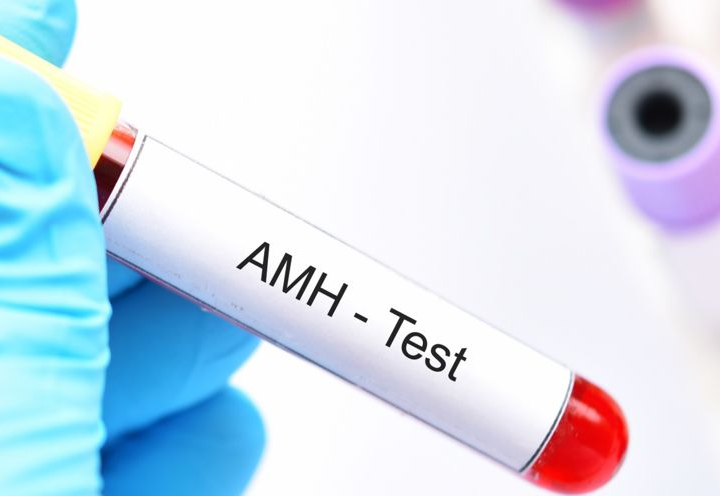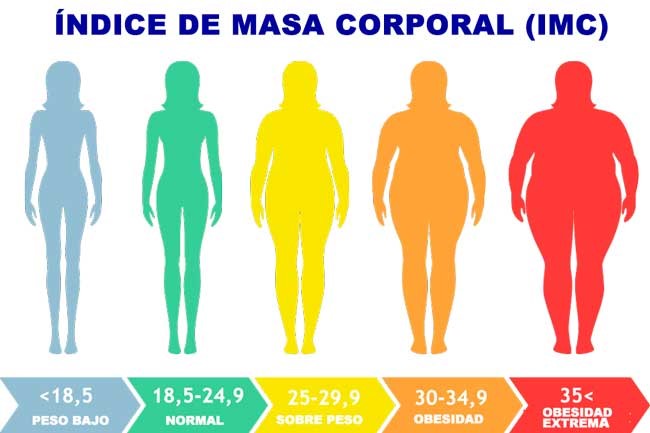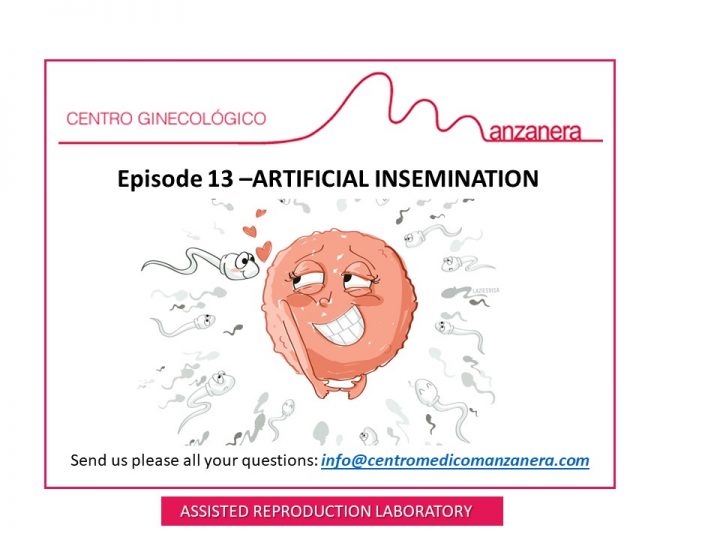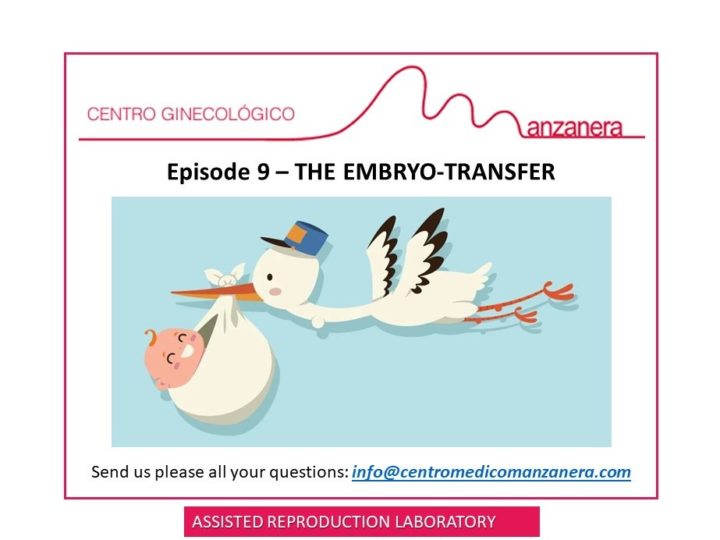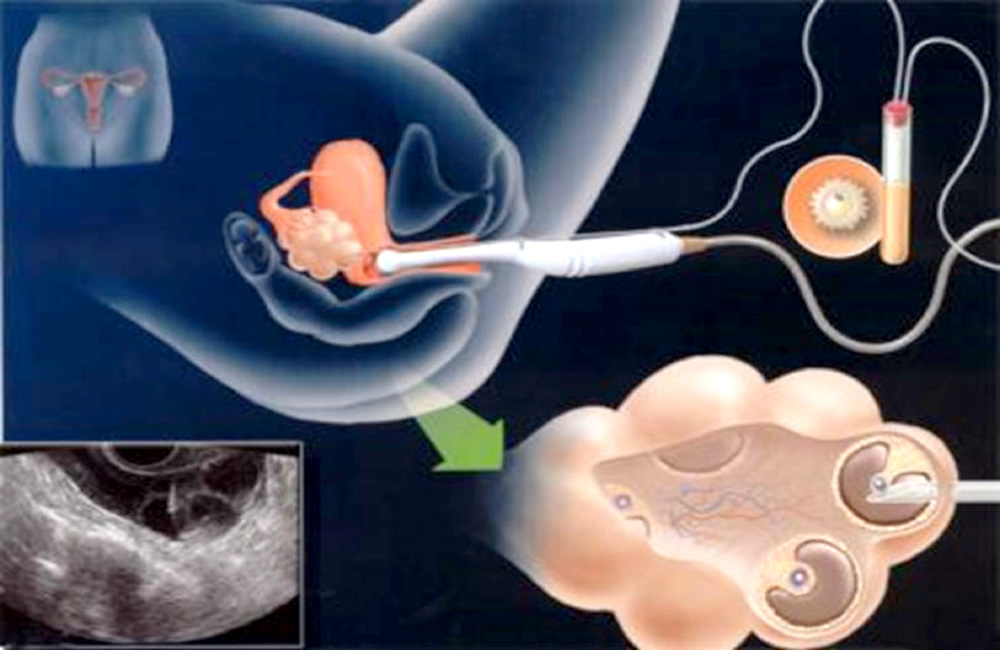
It is the technique used for the extraction of oocytes (eggs) in reproduction treatments, as in in vitro fertilization (IVF). It is a standardized technique and today thousands of punctures are performed daily in the world.
Prior to the follicular puncture it is required the stimulation of the ovaries using medications, which is performed both to IVF patients and in egg donors (in cases of egg donation). The extraction of the oocytes will be scheduled when we have a suitable size and number of follicles. This is evaluated by an ultrasound scan every 2-3 days and in some cases by estrogen blood test levels.
By this technique, an aspiration of the follicular fluid guided by vaginal ultrasound is performed. Nowadays this is the technique chosen due to its simplicity and its few complications. Even in adverse conditions, such as obesity, the ovaries can be easily visualized.
The technique is usually performed with sedation by the anesthetist so that the patient does not feel pain, although it is also possible to perform it with local anesthesia in specific cases or when general anesthesia is contraindicated.
The first step is tracking the pelvic structures by ultrasound. The vaginal fundus is then punctured to access easily to the ovarian follicles, and they are aspirated one by one. This aspirated liquid is evaluated directly in the laboratory, where they evaluate the number of eggs collected and their quality. At the end, it is always necessary to check the womb and the ovaries by ultrasound, also the vagina to see that there is no bleeding. The recovery is very easy and after 1 or 2 hours, the patient is fully recovered.
Many years have passed since the first IVF performed in July 1978 where a small surgery was required, through laparoscopy, for the extraction of oocytes. This method is no longer used because it is of its complexity and more complications.
Dr. Lorenzo Manzanera
Gynaecologist

